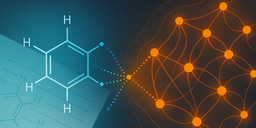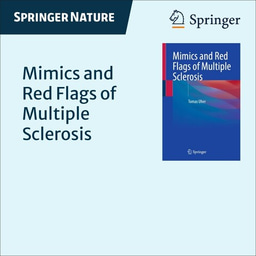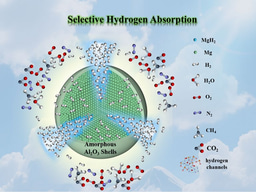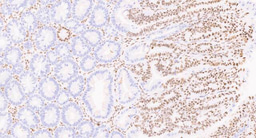
What a Year!
Nearly every person on this planet will remember what happened in the year 2020 — the Covid pandemic. Academics and higher-education institutions were thrust into rapid change with the first Lockdown. We adapted very quickly, especially since a new intake of undergraduate and graduate students were starting in October 2020. All was going to plan in terms of providing education, until another the second Lockdown in the UK was announced. Students were encouraged to return home for Christmas.
New Research Avenues
And unbeknownst to me this series of events would have a significant impact on the direction of my research. One of my tutees, Lucy Wright, at the time went back home to Jersey to see out the Covid lockdown. On arriving back Lucy contacted me via email and before I knew it we had a research project on collecting macroalgae (seaweed) from around the island. With the help of her family she collected an amazing sample set that forms one component of this paper. A photograph from her one of her sample sites is provided below.

At the same time, Nikki Banfield (BareFootPhotographer) asked if I needed some more macroalgae collected from St Mary's island in the Isles of Scilly – she had previously collected me some samples as a pilot study a few years before. I suggested sampling the entire island and without hesitation, Nikki was down on the beaches she loves so much collecting seaweed for me. And this sample set formed the second component of the paper and Freya Alldred's undergraduate dissertation project.
Data Enlightenment
The Stable Isotope Biogeochemistry Laboratory (SIBL) at Durham University received the macroalgae samples after Lockdown — it was now time to get cracking and generate the nitrogen isotope (expressed as δ15N) data. Thankfully, SIBL was not very busy (due to Covid!) and Freya could begin generating data from the Isles of Scilly macroalgae. At the same time, the Jersey macroalgae samples were being analysed by Chung Yin Leung as part of his MSc by Research. Once the δ15N data started coming out I began to distinct differences between the islands, but the excitement had to be contained as I've seen many promising datasets turn to 'noise' when more data were generated. The data kept on coming and Chung Yin also started working on some other sample sets. Freya submitted her dissertation, completed her examinations and started working in SIBL over the summer. Now it was time for Freya to learn how to write up a manuscript and learn the art of scientific writing. BUT... half way through writing the manuscript I came in to SIBL one morning and asked Freya is she would like to rewrite it and include another island dataset. We know what the answer was!
Macroalgae, nitrogen isotopes and sewage pollution
These two independent projects merged nicely to show how macroalgae δ15N from the coast of two North Atlantic islands could be used to identify sewage pollution. Of course the Jersey dataset is very clear, showing that the single wastewater treatment outflow for the island was concentrating the sewage δ15N signature in St Aubin's Bay – one of the primary tourist beaches on Jersey. Some extreme photos of Jersey, especially St Aubin's, beaches back in 2016 can be found here. On the other hand, the δ15N pattern for St Mary's, Isles of Scilly, is not very clear, and this is probably the result of multiple factors contributing the nitrogen isotope values (e.g., ammonification, nitrification, denitrification, septic tanks, inadequate sewerage system). Continuous monitoring of macroalgae on the Isles of Scilly may provide a clearer answer to the nitrogen pollution there. Notwithstanding, our study shows that nitrogen isotopes of macroalgae can be used to identify sewage/effluent pollution in small, open ocean environments. The pollution is not removed and the chemical fingerprint (δ15N) is taken in to the macroalgae tissue.
The Future...
Darren Gröcke (SIBL) will continue working on nitrogen isotopes in macroalgae as a tracer of sewage pollution. A macroalgae sampling strategy has been developed and is ongoing with the Government of Jersey Natural Environment department. We hope to continue analysing the seaweed for many years to come to assess any changes caused by the new sewerage treatment works scheduled to finish in 2023.
Freya Alldred has decided that an MSc by Research is not enough and she has just been awarded an IAPETUS2 PhD scholarship to continue her work on macroalgae and coastal pollution.
And with thanks...
Without the willingness, enthusiasm and dedication from Lucy and Nikki, this paper would not have been possible.
Follow the Topic
-
Scientific Reports

An open access journal publishing original research from across all areas of the natural sciences, psychology, medicine and engineering.
Related Collections
With Collections, you can get published faster and increase your visibility.
Reproductive Health
Publishing Model: Hybrid
Deadline: Mar 30, 2026
Women’s Health
Publishing Model: Open Access
Deadline: Feb 14, 2026





Please sign in or register for FREE
If you are a registered user on Research Communities by Springer Nature, please sign in